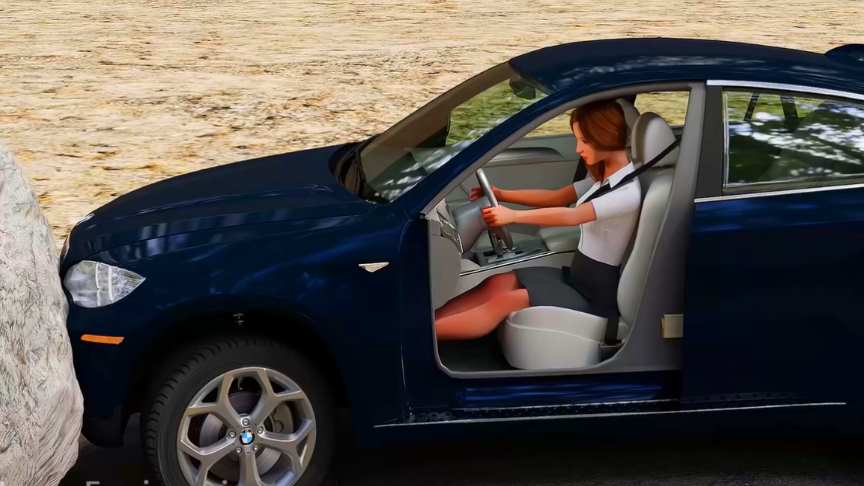Everybody knows what happens in an accident if you don’t wear a seatbelt. What you see in this accident looks really painful in slow motion. Modern seatbelts are not just mechanisms which arrest your motion. Rather, they cleverly allow enough movement to minimise internal injuries and help you land safely on an airbag.
source/image(PrtSc): Learn Engineering
In this video, we won’t just learn the working of a seatbelt; we will learn why modern seatbelt mechanisms are designed the way they are. So buckle your seatbelt, and let’s start a design journey. When the vehicle hits something, or is hit by something, that inertia changes.The seatbelt system includes the belt webbing which is connected to a retractor mechanism.
The central element in the retractor is a spool, which is attached to one end of the webbing. Inside the retractor there is a spring which applies a rotation torque to the spool. This works to rotate the spool so it winds up any loose webbing.When in motion, the driver and passengers are traveling at the same speed as the car.
Advertisement
If the driver makes the car suddenly stop or crashes it, the driver and passengers continue at the same speed the car was going before it stopped. A seatbelt applies an opposing force to the driver and passengers to prevent them from falling out or making contact with the interior of the car.When the vehicle hits something, or is hit by something, that inertia changes./wikipedia











